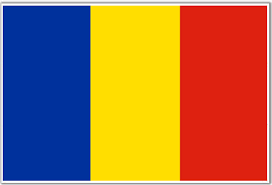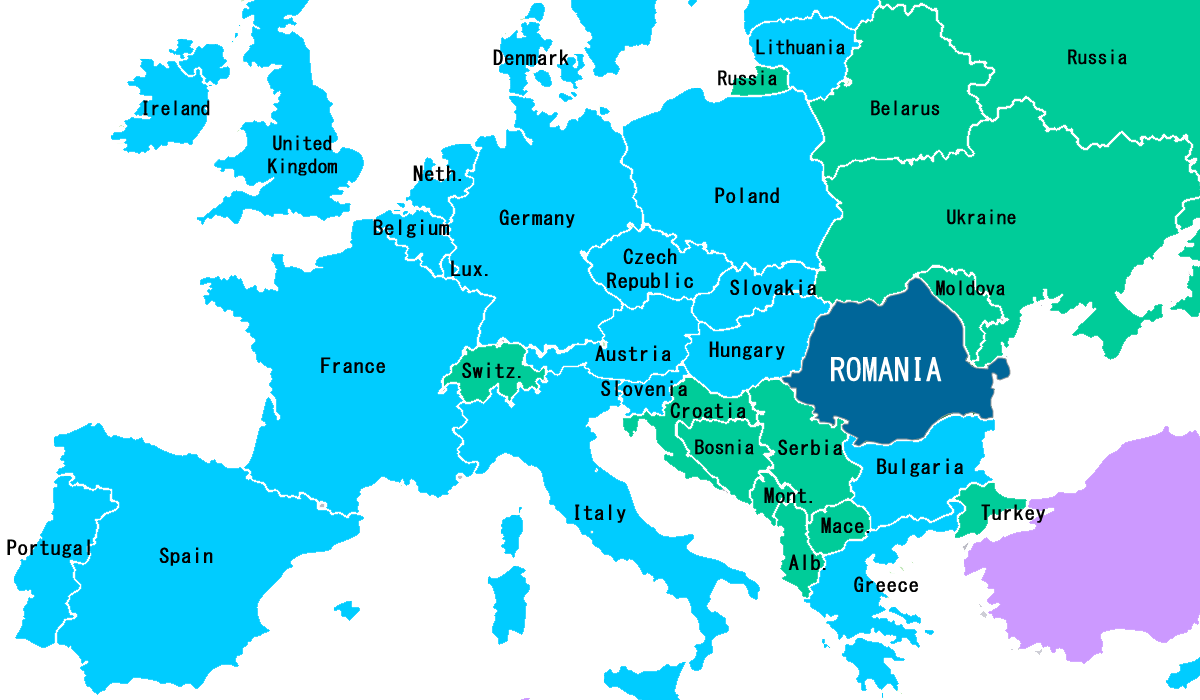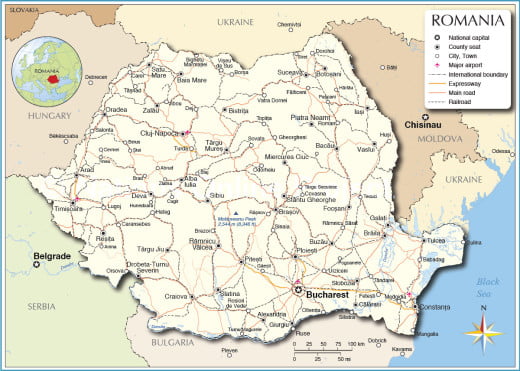Brief History:
 Romania was settled in 200 BC by a Thracian tribe called the Dacians. In 106 AD the Dacians were conquered by the Romans and the emperor Trajan. The region became a Roman province. About 160 years later the Romans left the area making Romania the first province that the Romans abandoned. For the next several hundred years the area would be invaded by the Goths, Huns, and Bulgars among others.
Romania was settled in 200 BC by a Thracian tribe called the Dacians. In 106 AD the Dacians were conquered by the Romans and the emperor Trajan. The region became a Roman province. About 160 years later the Romans left the area making Romania the first province that the Romans abandoned. For the next several hundred years the area would be invaded by the Goths, Huns, and Bulgars among others.
In the Middle Ages two major principalities emerged from the area: the principality of Moldavia and the Principality of Wallachia. In the 1500s they were conquered by the Ottoman Empire only to unite again under Alexander Cuza in 1859. The country gained full independence in 1878 under the Treaty of Berlin. The first King of Romania was Carol of Hohenzollern-Sigmaringen.
After World War I, Romania gained the area of Transylvania, but changed sides for World War II joining Hitler’s Nazis Germany. In 1944, the government was overthrown in a coup led by King Mihai. Romania then changed sides to join the allies against Germany.
After the War, the Soviet Union occupied Romania for some years and turned the country into a communist puppet state under dictator Nicolae Ceausescu. However, in 1996 the communists were removed from power allowing Romania to join the European Union in 2007.
The Geography
 Total Size: 237,500 square km
Total Size: 237,500 square km
Size Comparison: slightly smaller than Oregon
Geographical Coordinates: 46 00 N, 25 00 E
World Region or Continent: Europe
General Terrain: central Transylvanian Basin is separated from the Plain of Moldavia on the east by the Carpathian Mountains and separated from the Walachian Plain on the south by the Transylvanian Alps
Geographical Low Point: Black Sea 0 m
Geographical High Point: Moldoveanu 2,544 m
Climate: temperate; cold, cloudy winters with frequent snow and fog; sunny summers with frequent showers and thunderstorms
Major cities: BUCHAREST (capital) 1.933 million (2009), Cluj-Napoca Cluj, Timisoara, Iasi
The People
 Type of Government: Republic
Type of Government: Republic
Languages Spoken: Romanian (official), Hungarian, German
Independence: 9 May 1877 (independence proclaimed from the Ottoman Empire; independence recognized 13 July 1878 by the Treaty of Berlin; kingdom proclaimed 26 March 1881); 30 December 1947 (republic proclaimed)
National Holiday: Unification Day (of Romania and Transylvania), 1 December (1918)
Nationality: Romanian(s)
Religions: Eastern Orthodox (including all sub-denominations) 86.8%, Protestant (various denominations including Reformate and Pentecostal) 7.5%, Roman Catholic 4.7%, other (mostly Muslim) and unspecified 0.9%, none 0.1% (2002 census)
Economy of Romania
Major Industries: textiles and footwear, light machinery and auto assembly, mining, timber, construction materials, metallurgy, chemicals, food processing, petroleum refining
Agricultural Products: wheat, corn, barley, sugar beets, sunflower seed, potatoes, grapes; eggs, sheep
Natural Resources: petroleum (reserves declining), timber, natural gas, coal, iron ore, salt, arable land, hydropower
Major Exports: textiles and footwear, metals and metal products, machinery and equipment, minerals and fuels, chemicals, agricultural products
Major Imports: machinery and equipment, fuels and minerals, chemicals, textile and products, basic metals, agricultural products
Currency: leu (ROL) is being phased out in 2006; new leu (RON) was introduced in 2005 due to currency revaluat
National GDP: $267,100,000,000
Source: ducksters.com
